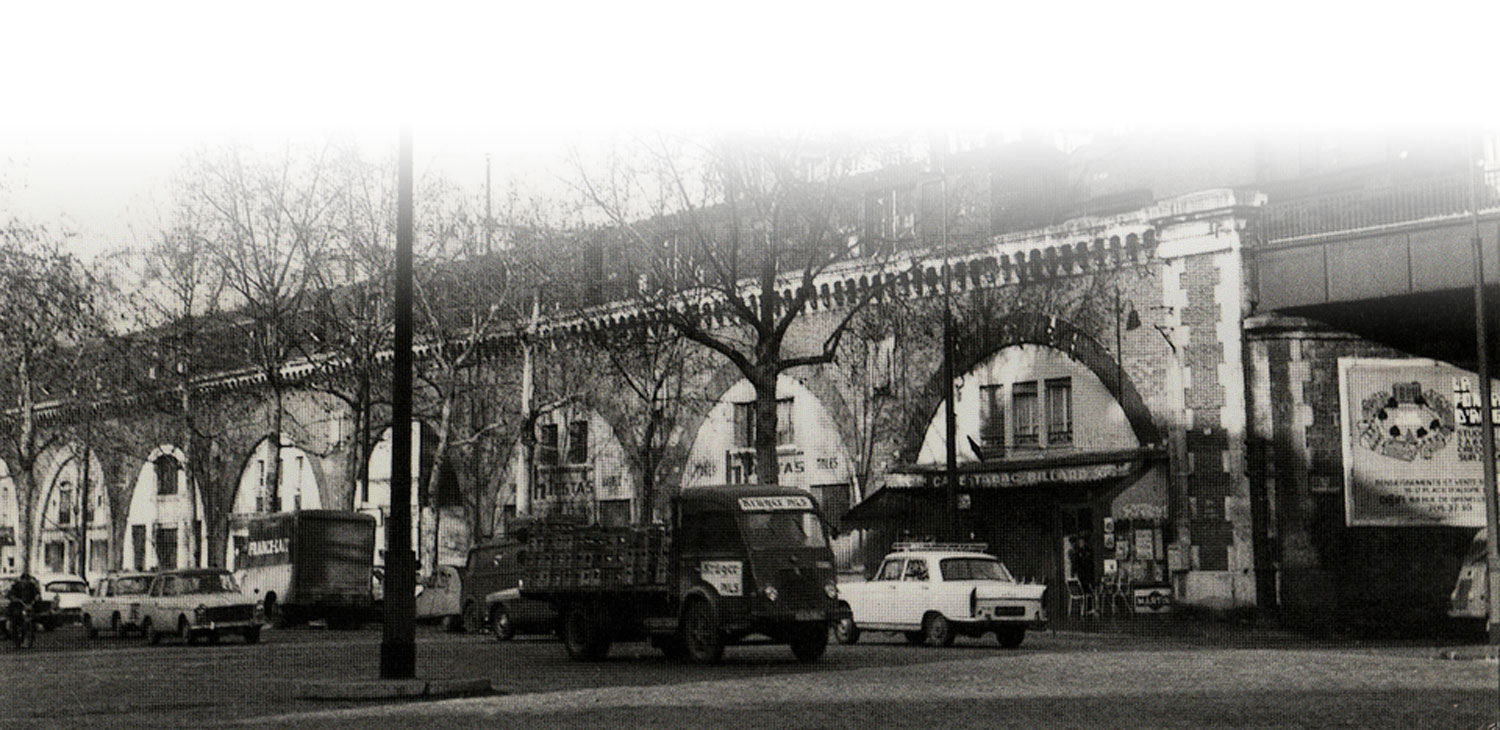The Viaduc des Arts
The major place of art & crafts
The major place of art & crafts
The Viaduc des Arts is the old Bastille viaduct, built in the mid-19th century, to carry the Paris/Bastille-Varenne railway line. Opened in 1859, this line was closed down a century later and replaced by the RER A. In the early 1980s, Paris City Council decided to restore this place and dedicate the vaults to arts and crafts. The Viaduct was restored from 1990 to 2000 by Semaest, with the assistance of architect Patrick Berger.
In 2004, Paris City Council transferred ownership of the Viaduc des Arts to the Semaest for a period of 18 years. The Semaest is therefore responsible for maintaining the site, renting the vaults to craftsmen and promoting it alongside the Viaduct craftsmen's association.
A showcase for arts and crafts and contemporary creation in Paris, the Viaduc des Arts today houses the creations of 41 craftsmen and women who materialise their talents through fashion, decoration, culture, jewellery crafts, etc.
Each arched vault is a place for expressing excellence in know-how, but also a workshop for production, presentation and sale. These artisans, men and women passionate about their profession, work simultaneously on conserving and restoring our heritage and on tomorrow’s innovations, designs and creations. Arch by arch you will find a succession of workshops, showrooms, restaurants and cafeterias, galleries and shops. The Viaduc des Arts offers you a long stroll teeming with discoveries, fantasies, personalities...
The Viaduc des Arts is:
• 1.5 km along the Avenue Daumesnil in the 12th Arrondissement
• 62 permanent arched vaults housing 41 arts and crafts experts
• A temporary vault rented for a specified period, so that artists can test their activities before establishing themselves there on a permanent basis
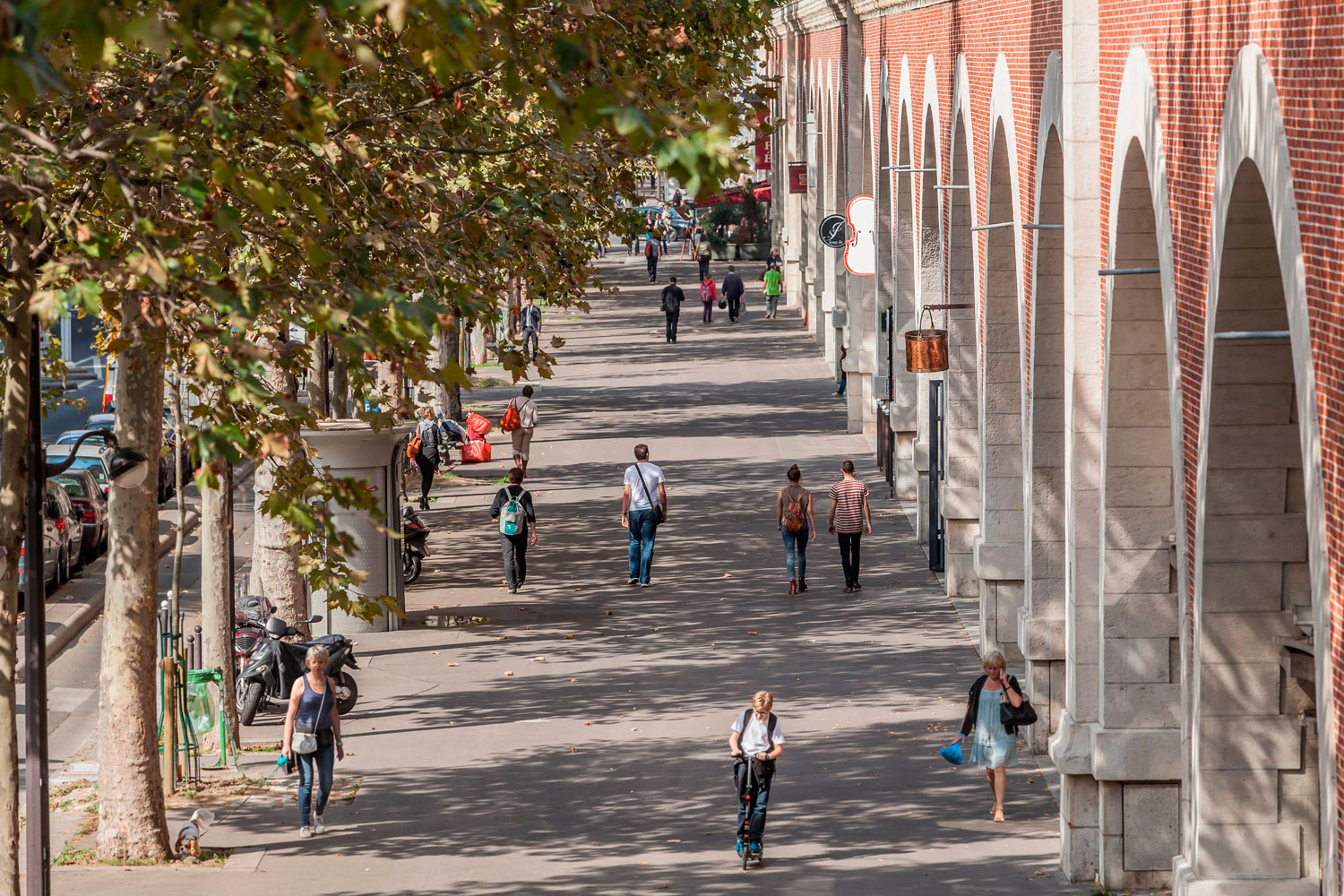
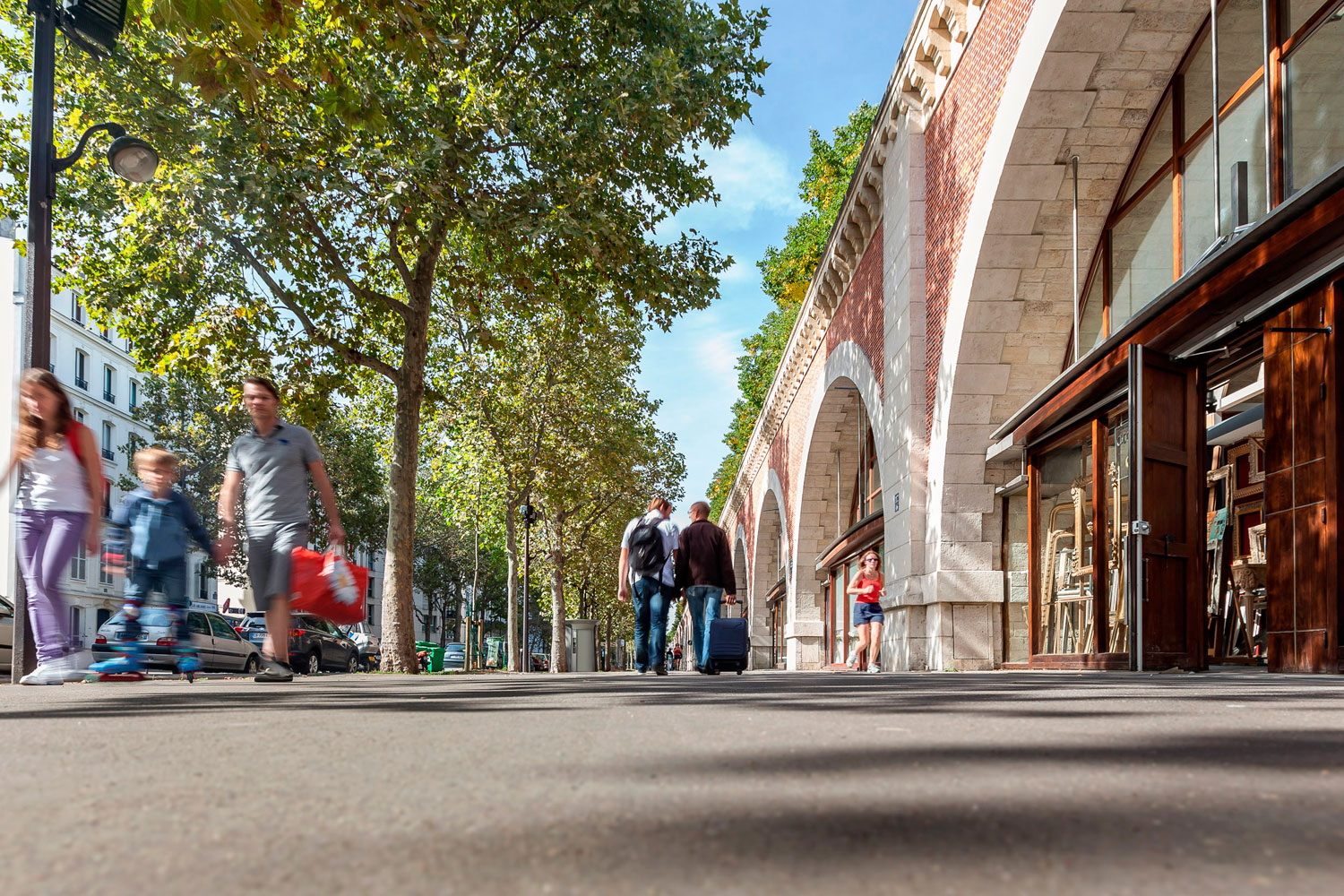
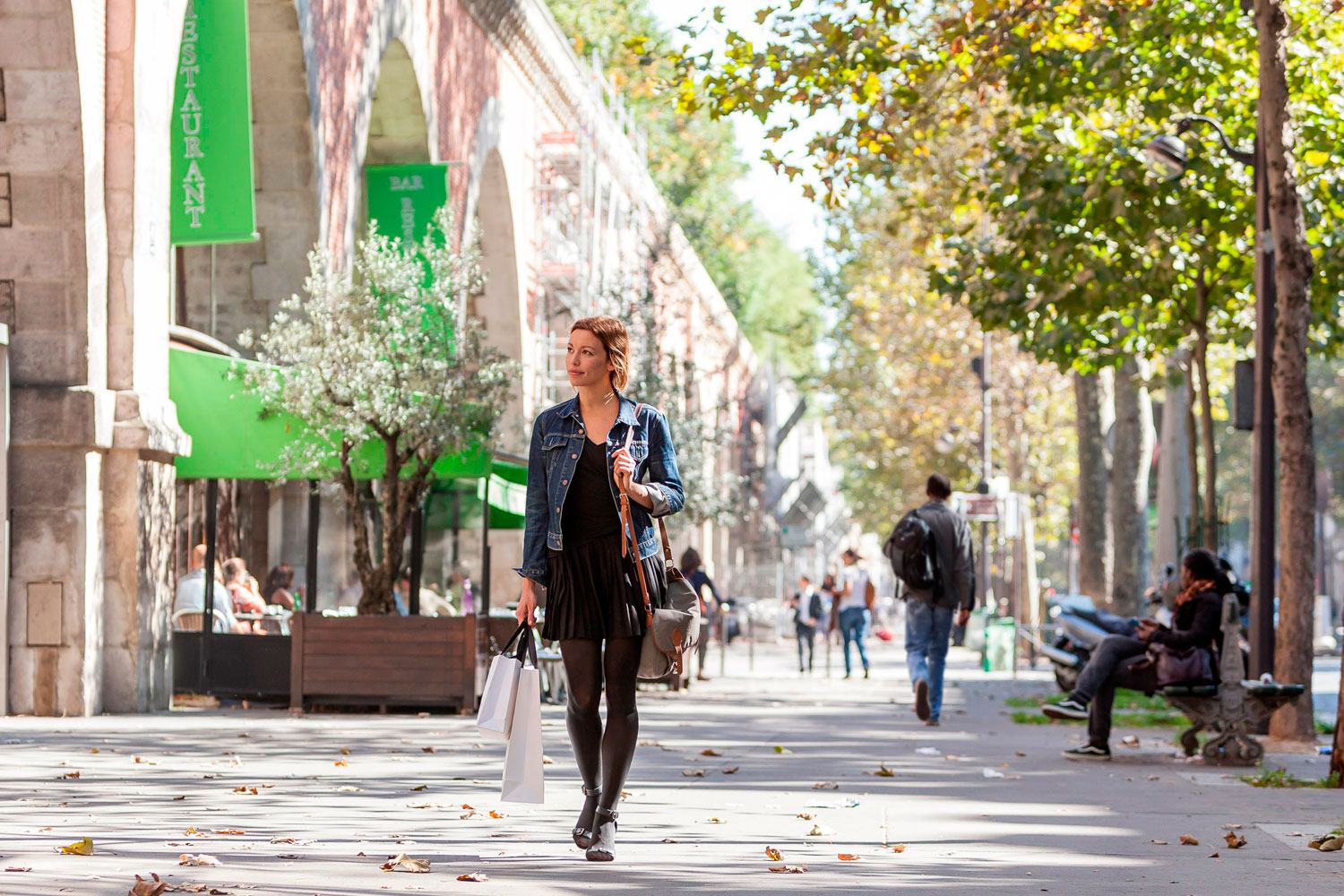
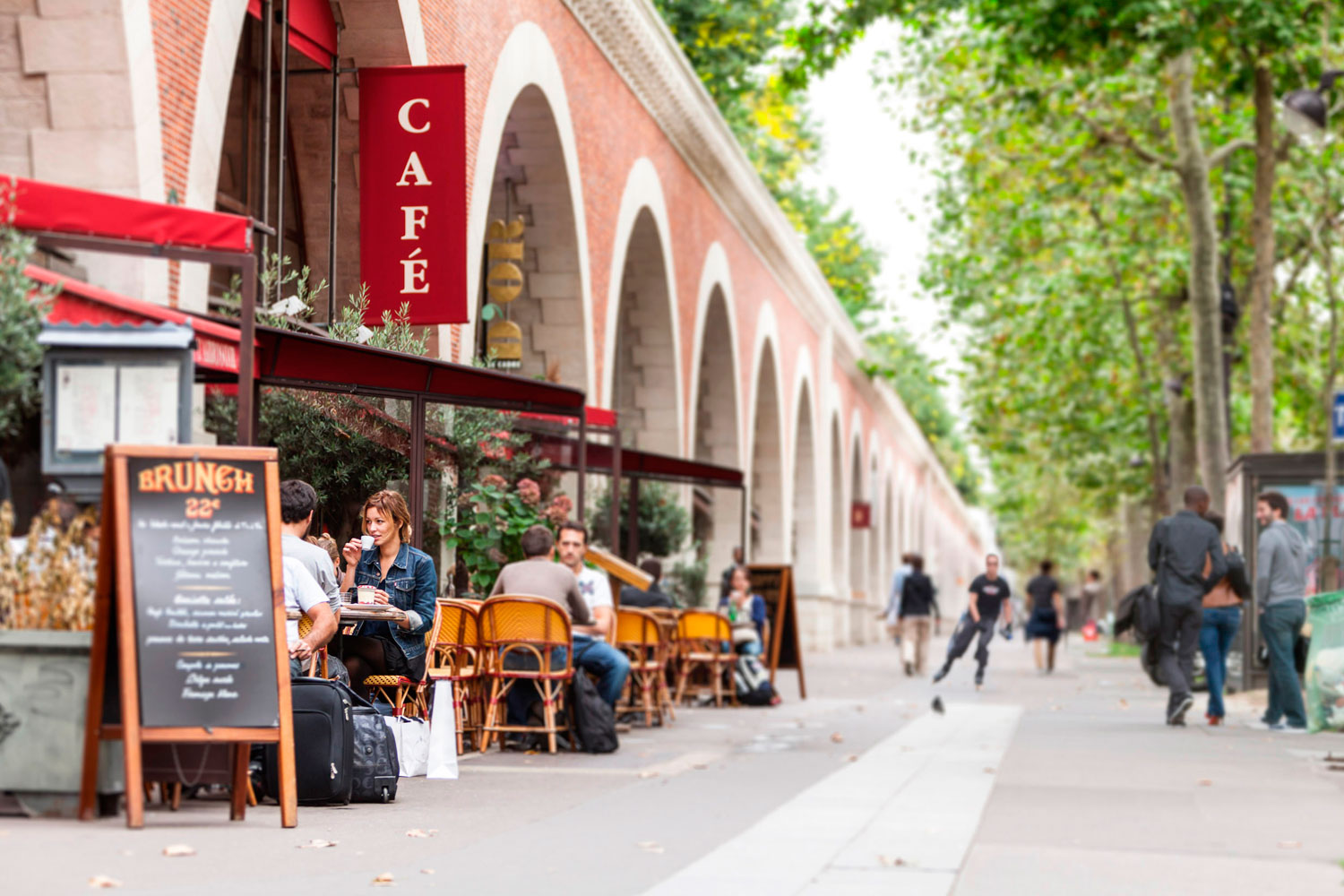
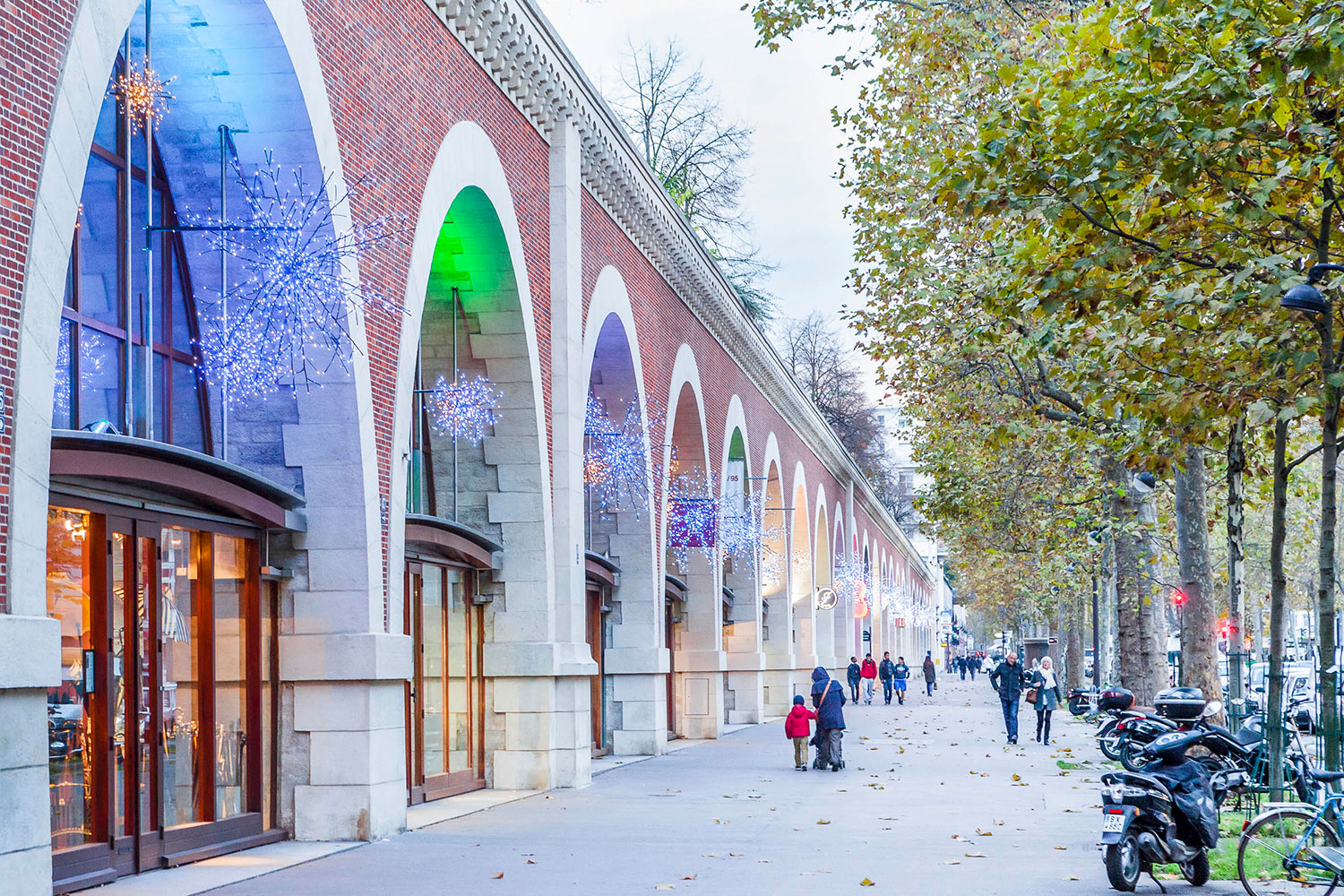
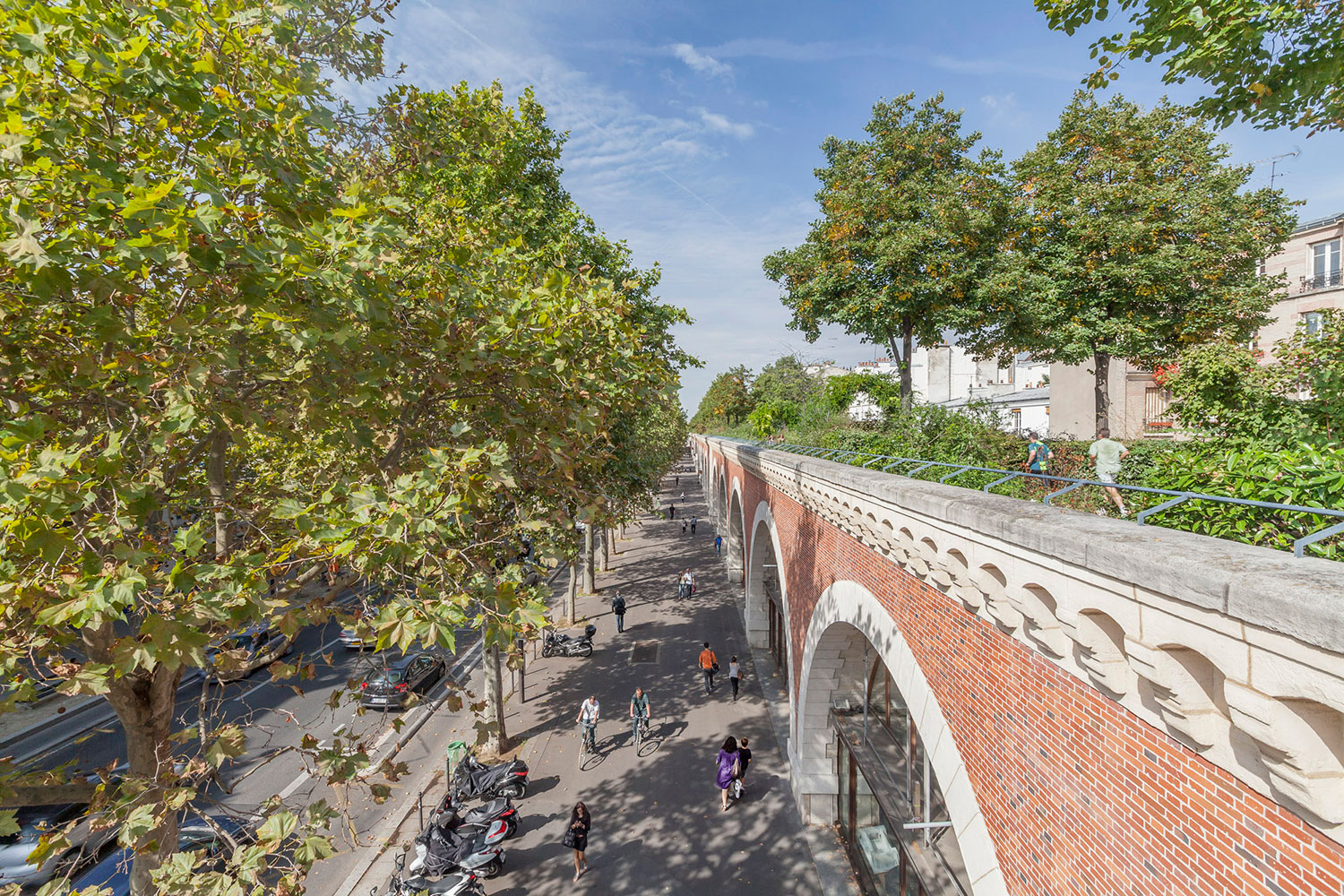
Paris City Hall’s official website. Guide to visiting, studying, working and investing. On this website, you will find news, ideas for outings, current exhibitions and practical information about the city.
Official website of the city hall of the 12th arrondissement of Paris. On this website, you can keep up to date with news about the borough.
The Semaest, a semi-public company of the City of Paris, takes action on a daily basis to promote a new, local economy. Its aim: to preserve trade and handicrafts, to encourage the setting up of innovative, ethical and sustainable activities, and to improve the quality of life in neighbourhoods.
The Ateliers de Paris function not only as a business incubator, but also as a counselling centre, an economic support service, and an exhibition gallery.
INMA is the unique inter-ministerial reference structure that brings together all the players in the sector, both professional and institutional, to serve the general interest of the arts and crafts sector.
Discover the Viaduct des Arts, its workshops and its planted promenade. Stroll along the windows, take the stairs and admire the view of Paris... Breathe in the scent of old roses, which mark your way. Land on a corner of lawn, in the garden of Reuilly and enjoy...
Enjoy the Aligre market and fleas, its fantasies, its fresh and eclectic products... Visit the craftsmen of Faubourg Saint Antoine. Vibrate in front of the Opera Bastille shows. Admire their studios and the work of decorators, wig makers, costume designers and props designers.
Enjoy the gastronomic cuisine of Café l' Arrosoir, avenue Daumesnil, and Viaduc Café, before escaping to another Gare de Lyon region...
And meet our neighbours and friends:
• at the Café de la Commune d'Aligre, 3 rue d' Aligre
• at 100, 100 rue de Charenton
• at the Ateliers de Paris, 30 rue du Faubourg Saint Antoine
• at the Ateliers des Arts de France, 55 avenue Daumesnil
• at the Ecole Boulle, 21 rue Pierre Bourdan
• and many more
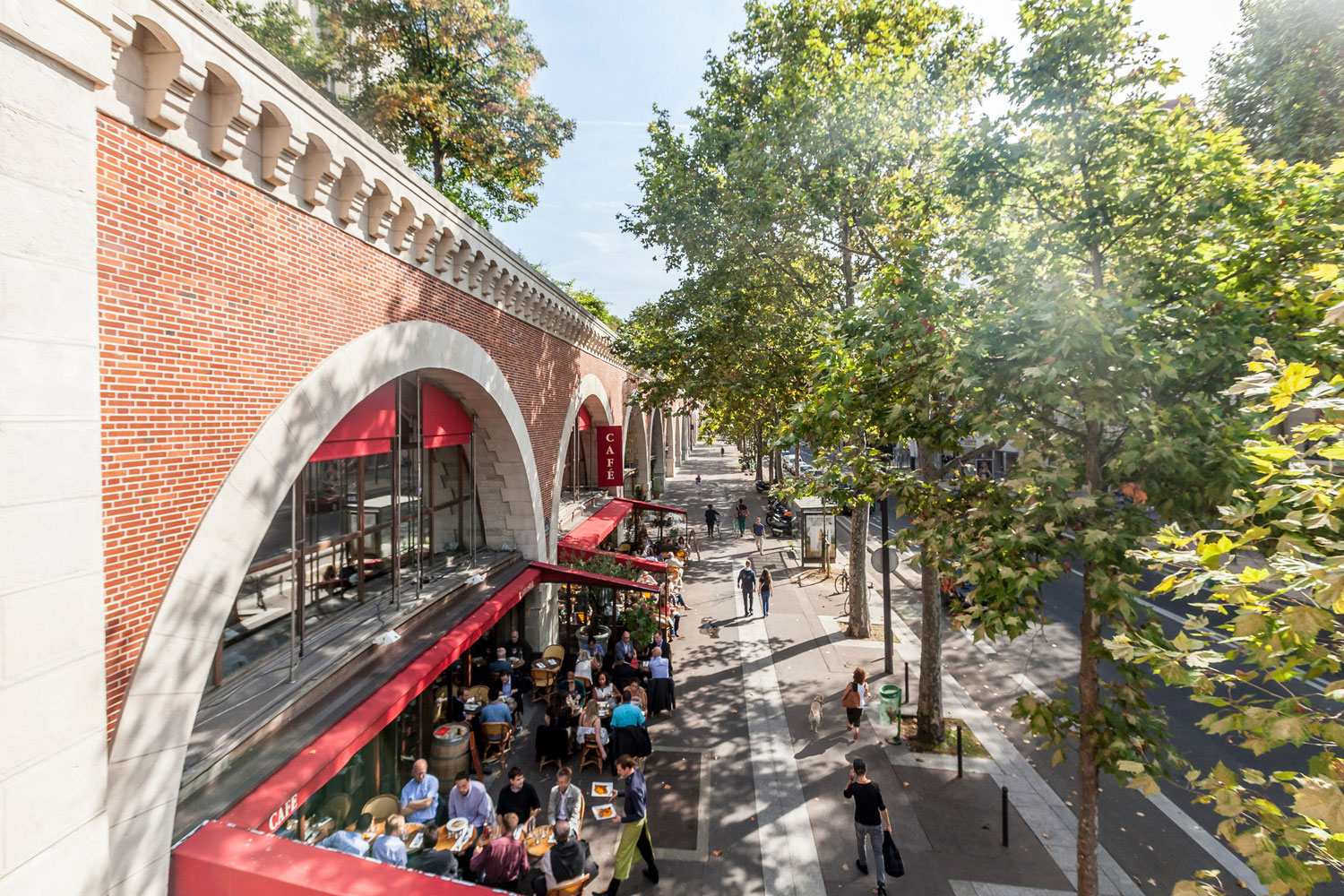
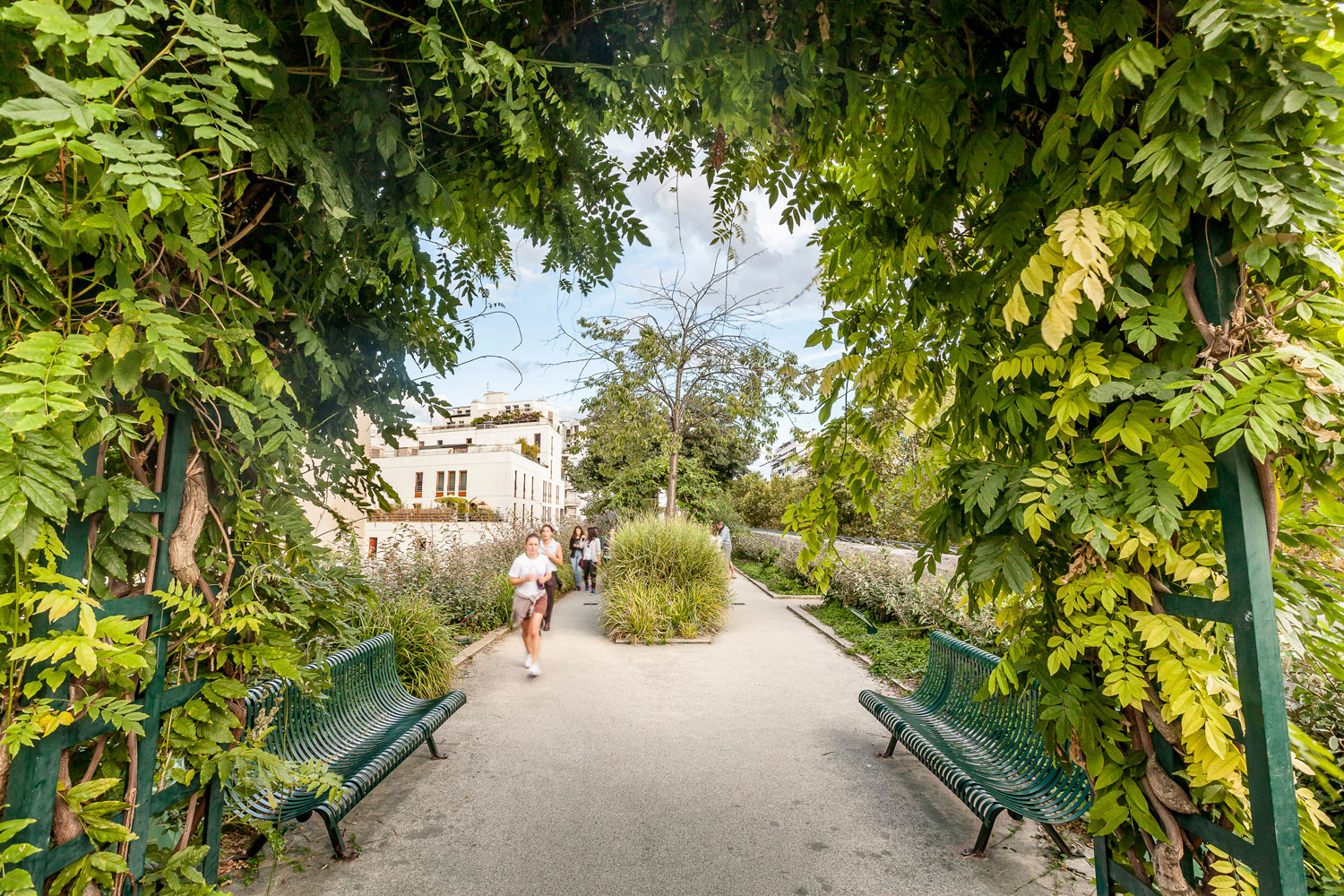
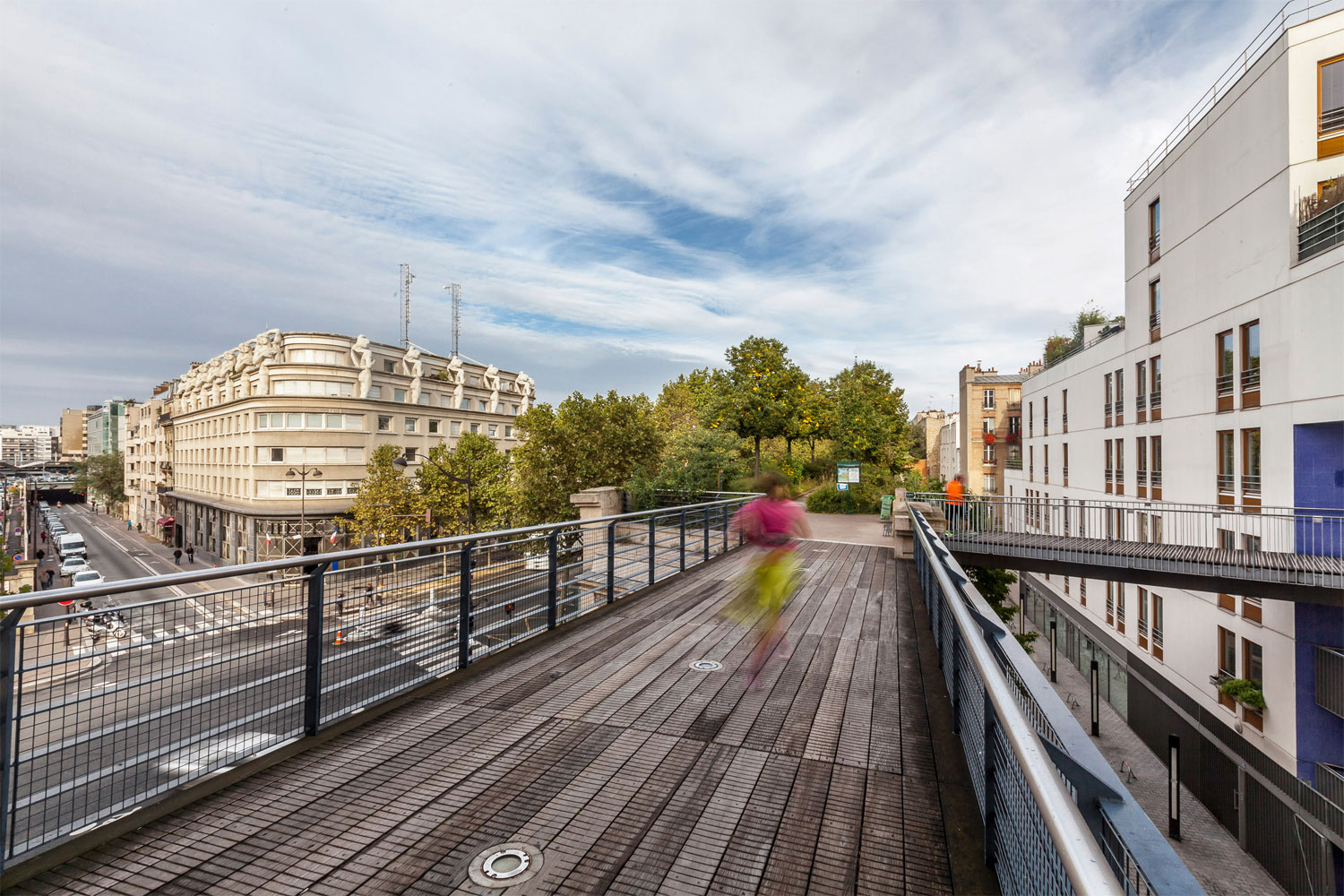
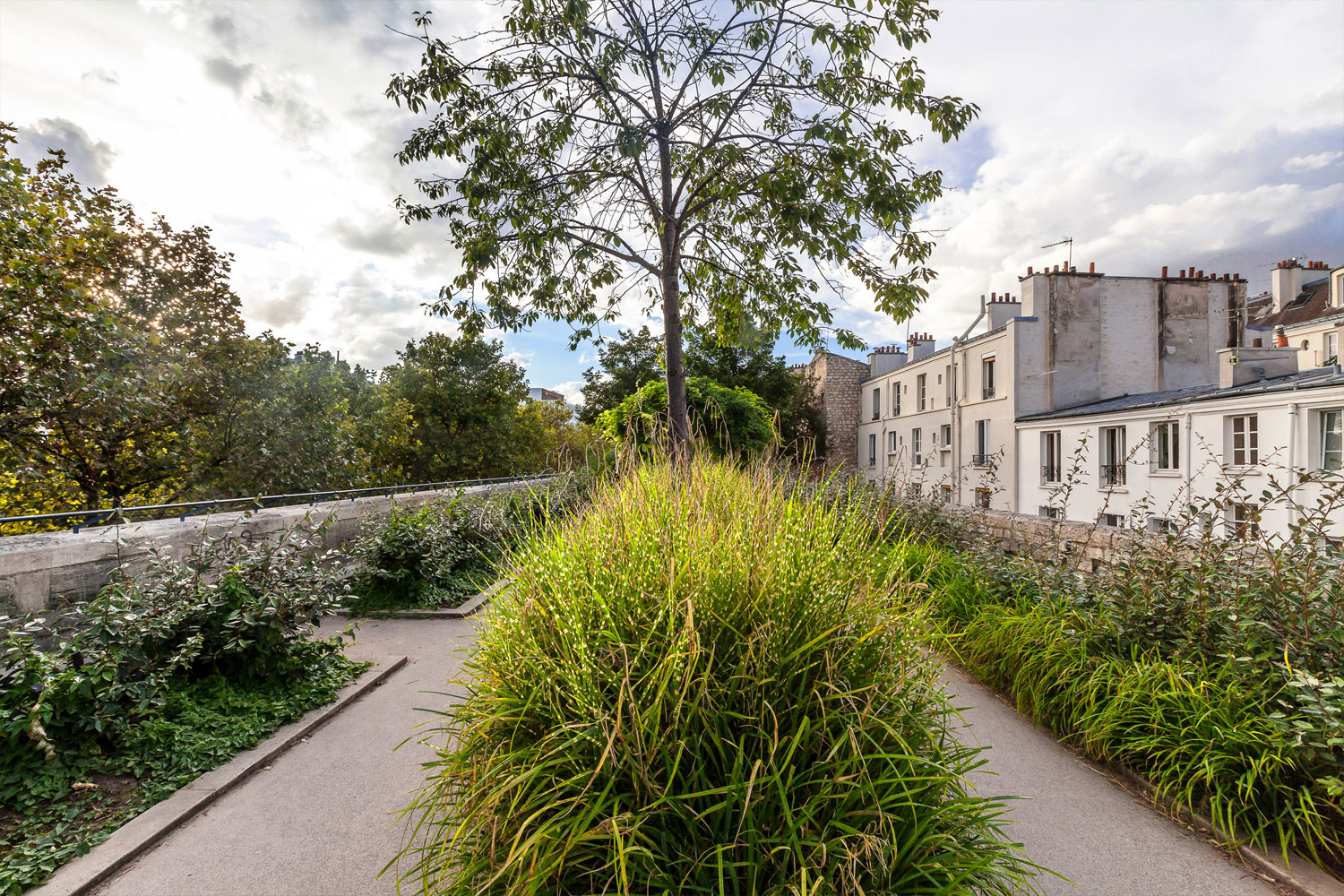
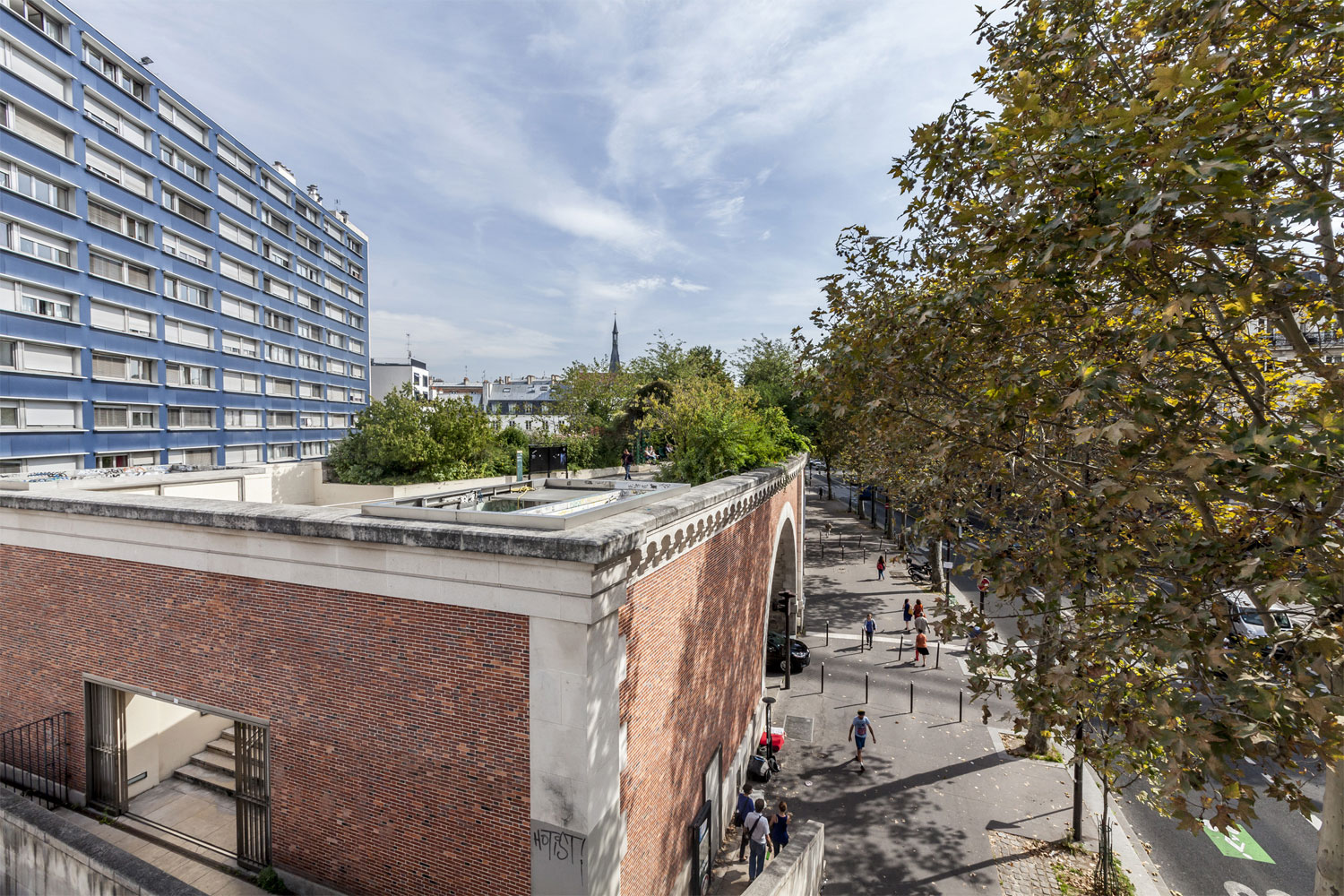
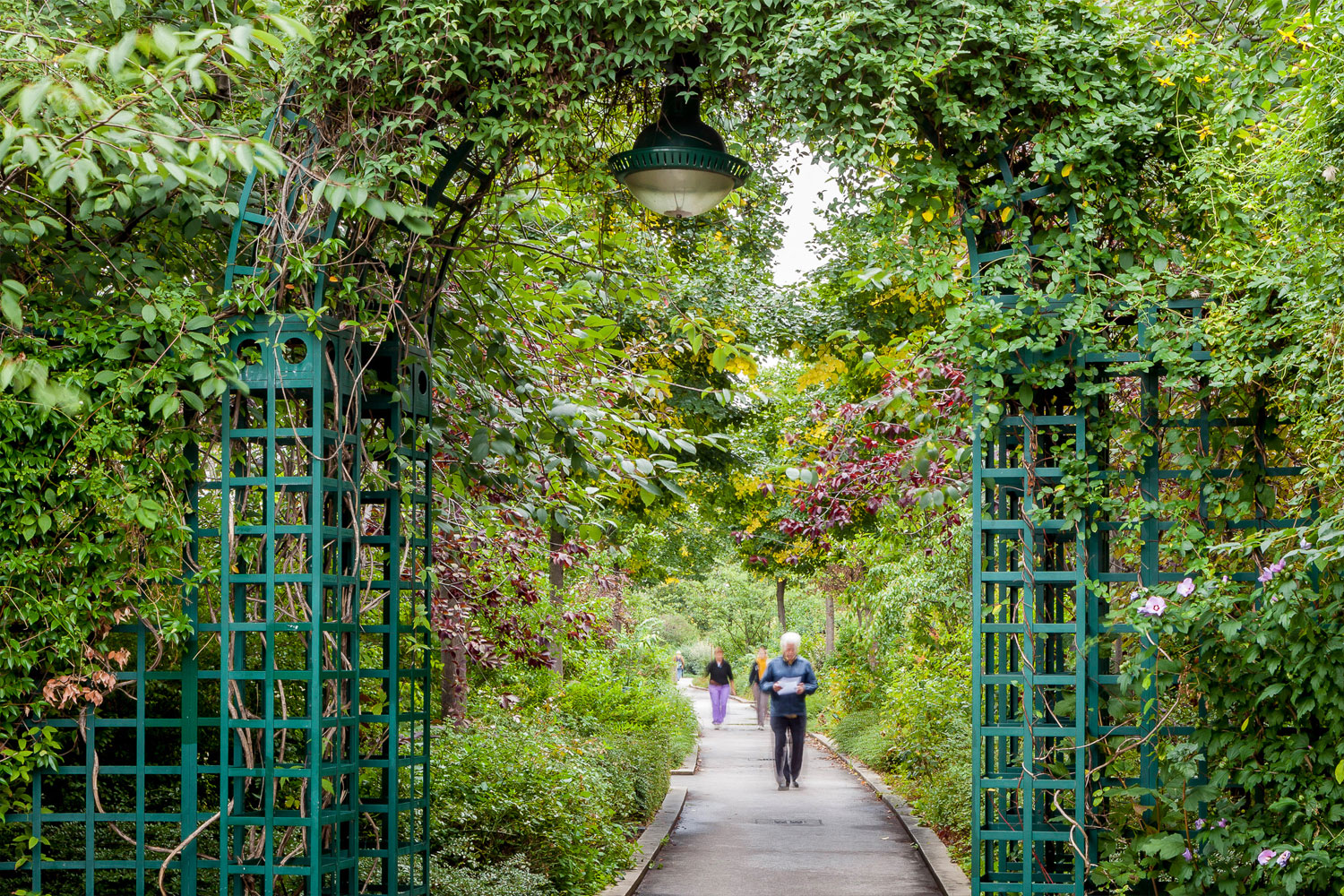
A concession is granted to the private railway company " Paris Strasbourg " to build a railway line with the Place de la Bastille as its terminus. The implementation of this infrastructure required, depending on the sites crossed, to dig in the ground of the city or on the contrary, to build structures such as the Bastille viaduct.
Inauguration of the « Bastille Line ».
Decommissioning of the line following commissioning of RER A.
The State has chosen Place de la Bastille for the establishment of a new opera house. In the specifications of the international competition, the City of Paris requests the integration of a continuous promenade leading to the square.
In the communication to the Paris Council on the 23rd of November 1983, initiating the plan for the development of the East of Paris, the creation of the « Promenade Plantée » is listed among the major projects for enhancing the neighborhoods in the East of the capital.
The SNCF, since the 1980s, has considered consolidating its freight activities, particularly by relinquishing the premises of the Reuilly station. The City of Paris approves the project for a joint development zone. The project design is largely centered around the integration of the promenade through the development. At the same time, further east, a housing and public facilities project is underway (buildings from various programs are set back from Rue Sahel to allow for the passage and continuity of the promenade).
The Paris City Council approves the development principles of the « Promenade Plantée » and decides to acquire the SNCF premises of the discontinued railway line.
A first phase of development works for the promenade is initiated along Sahel Street. A consultation involving four design teams is organized by the City to define proposals, including the enhancement of the viaduct. At the end of this consultation, architect Patrick Berger is selected.
Completion and opening to the public of the promenade between Picpus Street and General Michel Bizot Avenue.
In continuation of the already completed sections, the development of the sequence from General Michel Bizot Avenue to Boulevard de la Guyane is completed.
The development of the pedestrian walkway crossing the Reuilly joint development zone is completed. Rehabilitation works are commencing for the Rambouillet/Diderot section.
July 1st: First Allocation Committee
October 8th: First lease signed by Marie Lavande
November 22nd: Second lease signed by Ardustyl
First openings: 6 vaults opened in October. Progressive delivery of the 2nd phase (Diderot/Moreau). Opening in May of the promenade from the surroundings of Place de la Bastille to Reuilly, thus allowing a continuous pathway from Avenue Ledru-Rollin to Boulevard de la Guyane.
17 new vaults are delivered starting from February.
Completion of the last vaults with extension.
Opening of the exhibition vaults in June, at 55 and 57 Avenue Daumesnil. Since 2007, only vault 57 is dedicated to exhibitions. These arches, covering an area of 3000 m², are intended for hosting temporary exhibitions for the world of crafts and creative arts.
March: opening of the business incubator at 91 Avenue Daumesnil, aimed at assisting with business creation by providing a premises under preferential conditions. The second half of the year witnessed the completion of the Viaduct des Arts and the opening to the public of vaults N° 1, 3, 5, and 7 on Avenue Daumesnil, on the side of the Bastille Opera.
The Public Development Agreement for the Promenade Plantée development project has come to an end.
The management of the Viaduc by SEMAEST continues under a new legal framework: a long-term lease entrusted to it by the City of Paris for a duration of 18 years.
